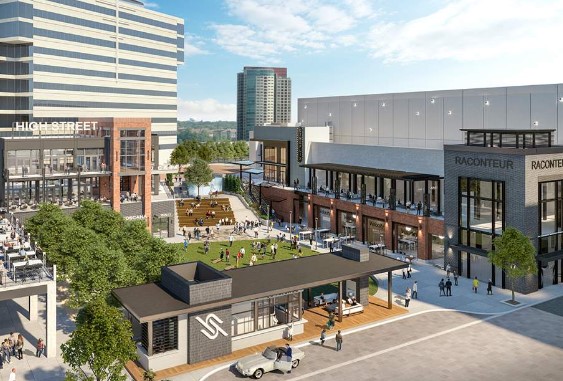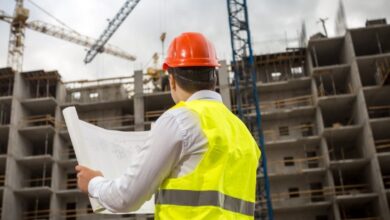Key Steps in Land Development in Atlanta

Land development is not an easy project, and in the vast market of Atlanta, it can be even more challenging. There’s a lot a contractor must learn before starting their first project. Land development in Atlanta is evolving, with new trends and construction designs emerging recently. All of this makes the process more confusing for someone new to either the city or the field. To help you understand the key steps in land development, we’ve gathered this post.
Understanding the Zoning and Regulations
To begin with, you should understand the zoning and other regulations in the zone you are going to build. These rules govern the use of land for commercial, industrial, or farming and other related activities. In some zones, you may find many constraints, which limit your work a lot.
Adhering to these regulations is not easy, yet, it is a crucial process, among them. Consulting with the local planning or zoning department would help a lot. Comprehending the regulatory mechanisms of zoning is not only essential in legal terms but also can be a strong asset in the course of land conduct. It puts the groundwork for ensuring compliance and operational efficiency with few to no legal complications.
Site Assessment and Feasibility Analysis
This phase focuses more on the processes of understanding the land and the opportunities it holds. Analyze the topography, the nature of the soil, and the general environment to identify if the project can work.
Topography will provide you with paths, heights, depressions, and other features of the land. Then, we have soil analysis which helps determine the stability of structures, the success or failure of installation of plants, and all other related materials. Some types of soils may need particular foundations or drainage which will affect both costs and time.
Another important factor to consider is the Environmental factors. You also have to evaluate the risks of flood, contamination, and all the other possibilities of environmental issues.
Securing Financing and Funding
You must get the necessary funding for the success of your project. Prepare a clear cost plan for the purchase of the land, cost estimates for the construction, and required permits. List down ways to finance your business which include taking loans, public investments, and crowdfunding. Due to the stringent nature of Government grants and incentives, search both at the local, state, and federal levels. Financial factor: As the development starts, ensure that you have adequate cash to cater for all expenses in your detailed cash flow plan.
Navigating the Permit and Approval Process
Permit and approval may complicate the business, but it is crucial to seek legal information and certifications. Outline all the permits required for the construction of the building as well as the environmental permits required. Also, begin the application process as early as possible so that they do not get overshadowed by other applicants.
The final strategy is to work with local authorities and the community to establish good relationships and prevent potential problems. Always keep the paper tidy and make the necessary preparations in case of any circumstances that may hinder the process. It may be made easier by hiring an expert consultant or project manager to get through this process seamlessly.
Infrastructure and Utility Planning
Infrastructure and utility planning involves physical infrastructures such as roads, electricity, and water that are necessary for any development. Determine the location of roads, paths, and car parking areas. Ask for a commitment from the water, electricity, gas, and telecommunications companies to ensure your business will receive adequate service.
Indeed, stormwater management cannot be overlooked to avoid situations that cause further flooding. Expect further evolution and implementation of the principles of environmentally friendly approaches like a green infrastructure. Seek advice from professionals so as to come up with valid and legal strategic plans.
Sustainable Design Considerations
Applying sustainability principles in your design is healthy for the environment and also improves your overall project value. Employ materials and resources that utilize less energy for construction, implement water-saving technologies, and establish green areas. Create intersection paths to encourage more pedestrian activities like walking, cycling, and the use of public transport.
Promote the recycling and composting of waste products in public areas. Build environments that encourage the community’s participation and are also culturally relevant. Eco-friendly designs can help businesses capture the attention of environment-conscious clients and occupants.
The Final Verdict
Land development is a complex process that requires strategic planning, adequate research, and project implementation. If you follow these key steps to maintain flexibility, you can go through the complexities of land development successfully. So, include these best practices in your development processes to meet your development objectives and become a positive force in the environment and society.






